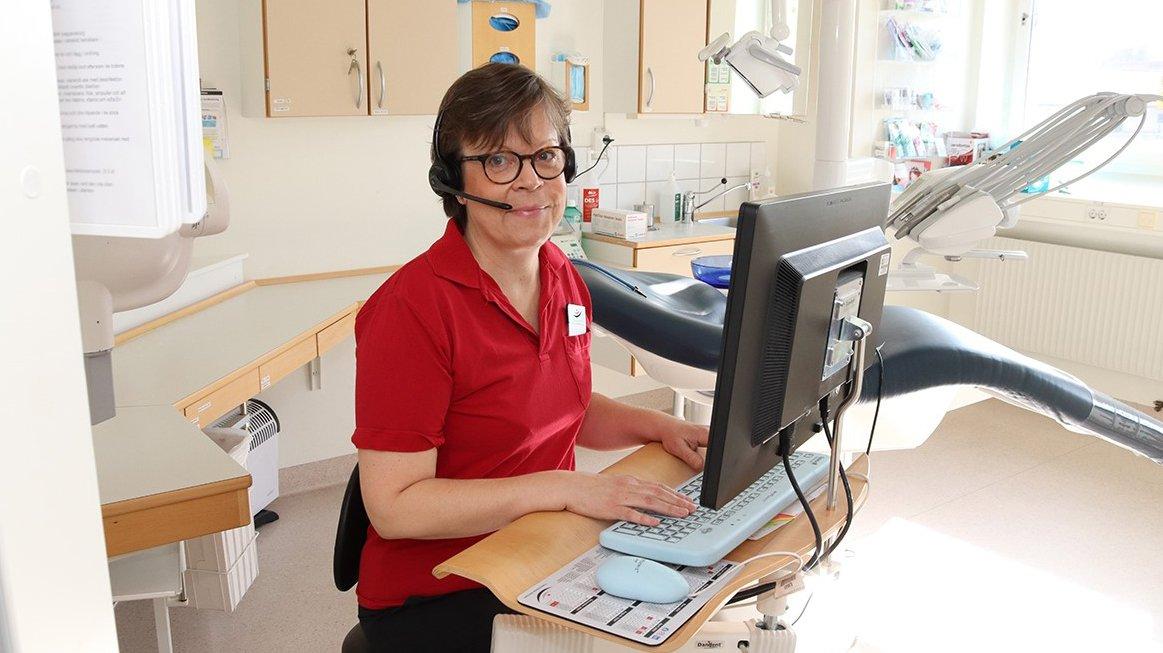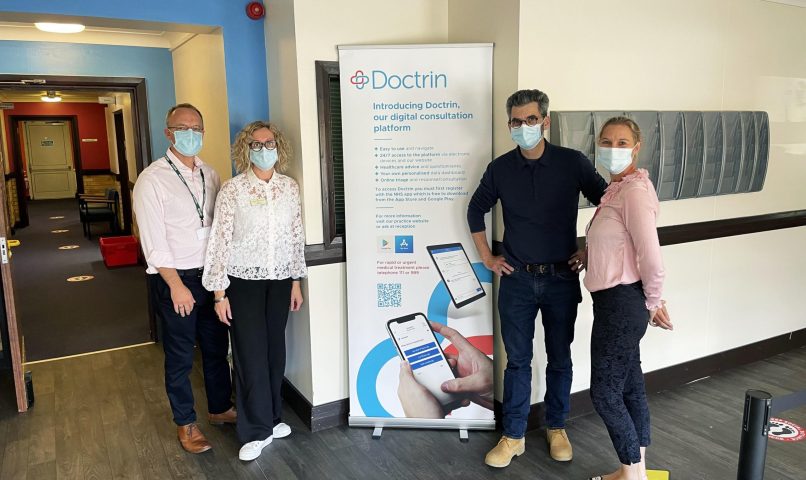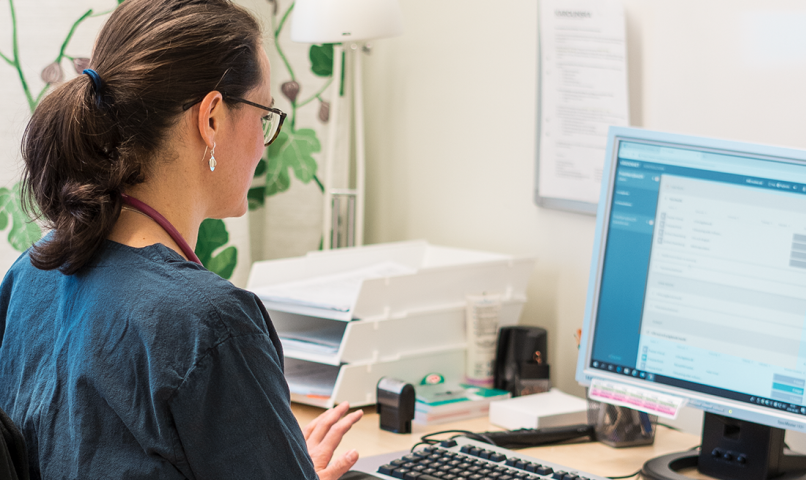
“Integrated Dental and Medical Care is Only a Matter of Time.” -Folktandvården Sörmland
The value of connecting different parts of care to meet the patient’s needs, regardless of the matter, is not least in demand in dentistry. Christer Stenvinkel, developer of dental care and Anna Ek, also responsible for development issues within Dentistry in Region Sörmland, confirm how more interconnected care is only a matter of time and a must if the resources are to be sufficient for more patients.
“The big question today is how we should suffice. Continuing to examine patients to the same extent as we do today will not work in the long run. We need to supplement the physical examinations with digital contacts. In this way, we maintain contact with the patients, but also use our resources more smartly so that the physical examinations benefit the patients who really need them,” explains Christer Stenvinkel.
Digitisation in the Midst of a Burning Pandemic
The pandemic in the past year has delayed development. At the same time, Christer and Anna describe how lucky it was to have a digital contact that made it possible for them to identify the acute patients at risk of carrying an infection. Thanks to digitization, they were able to refer these patients to clinics specifically equipped for Covid-19 patients.
“It is also difficult for patients to judge for themselves how extensive an injury is, if it is only a small chip or if half the tooth is damaged. It makes a big difference to our assessment to be able to see in advance how extensive the damage is and then decide what effort is required,” Anna continues.
Another area where digital tools have saved many resources is orthodontics.
“It often happens that patients come in for a check-up but that the teeth have not moved enough. By getting a picture from the patient, we can then assess whether it is justified for the patient to come in or not,” says Christer.
Digital Contact with the Youngest Patients
The next group of patients whom the digitization work will cover are children who have previously undergone an annual check-up.
At the age of one, a risk assessment is made, but if the parents take care of the children’s dental care with toothbrushing twice a day and do not give them too much sweetness, it is enough to make follow-up contact with the children digitally, when they turn two. It is so much about dental care that is about working preventively and setting good routines early on, and that is something we can help with digitally as well, which both parents and children appreciate,” Anna continues.
A general challenge is the patient’s view of dentistry that we are more’ hands on’ than healthcare. If you ask people what you do at the dental clinic, the answer for most people is probably that we fix teeth. But a lot of what we do is prevent poor oral health and support with self-care advice “, says Christer.
Anna agrees that the patient sees more value and is more willing to pay for the repair, although self-care advice and preventive measures make a big difference to oral health in the long run.
After Easter, patients will be able to enter via a digital entrance directly on the website. Christer and Anna agree that it will be exciting to see what cases the patients will apply for. The great potential lies in saving dentists’ time and making better use of other professionals’ expertise, such as dental hygienists.
Interconnected Dental and Medical Care – Only a Matter of Time
When it comes to closer collaboration between dentistry and healthcare, Christer and Anna believe that it is only a matter of time.
“In dentistry, we work actively to describe how the mouth is a part of the body. We now know what an imbalance of bacteria in the mouth can mean for health in general. There are several diseases, including cardiovascular disease, diabetes and stroke, that can be prevented with better oral health.” says Anna.
“A study in Denmark where the elderly received daily help to clean their mouths showed that you could half the deaths from pneumonia in the group who received help with regular toothbrushing” says Christer.
A more interconnected care system would partly save time and shorten lead times but would also be extremely important for patient safety, according to Christer and Anna.
A close example is a patient whose tooth needed to be extracted, where I spent a month trying to get in touch with the doctor to get an assessment of how we should handle the patient’s blood-thinning medication. Luckily I got a call from the doctor the day before. Otherwise, we would have had to cancel the operation. With a digital contact in the same system, it would not have taken me more than a few minutes “, says Christer.
“We can do much more today in dental care, as well as health care. But as a result of the medical advances, the degree of complexity has also increased, which means that we need a much more holistic picture of the patient to provide good care. There, digital tools are a big part of the solution “, Christer concludes.
If you want to know more about our solutions for digital-physical care, contact Craig Oats




